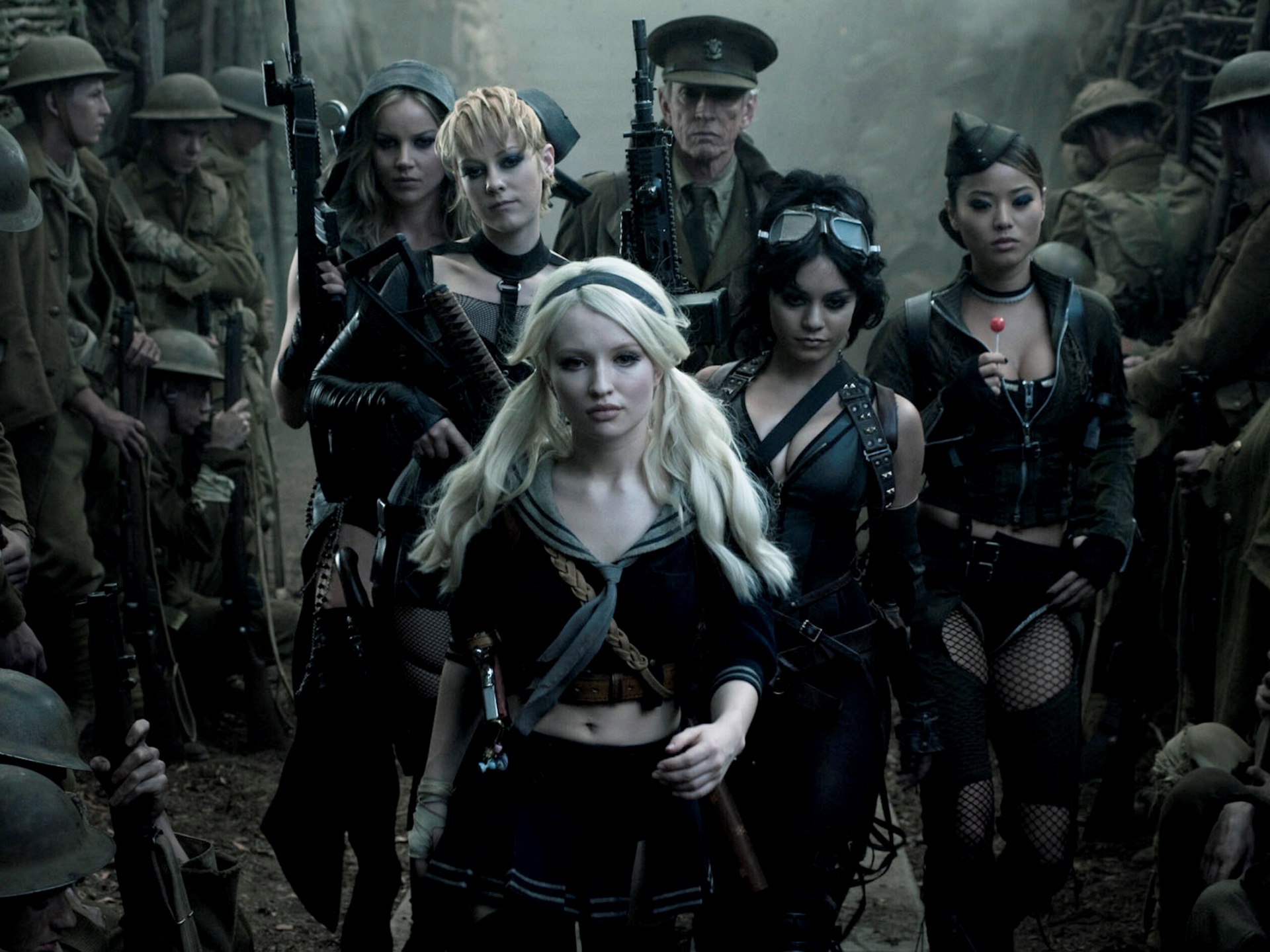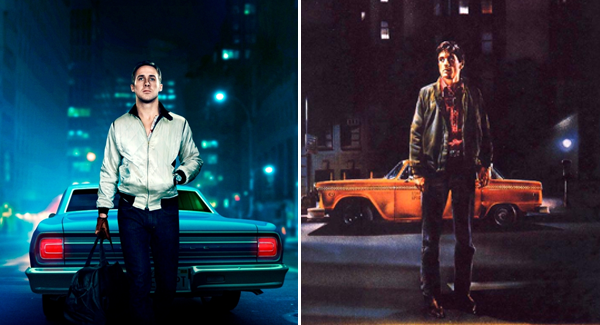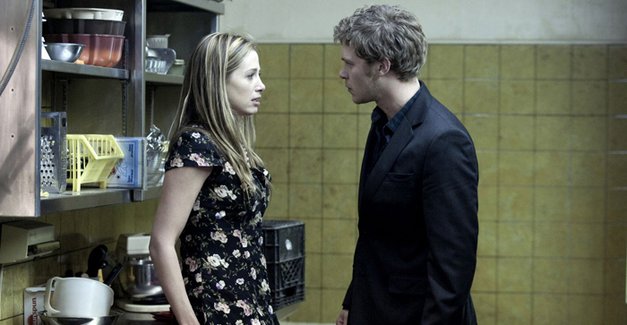3 Oblique Film Reviews
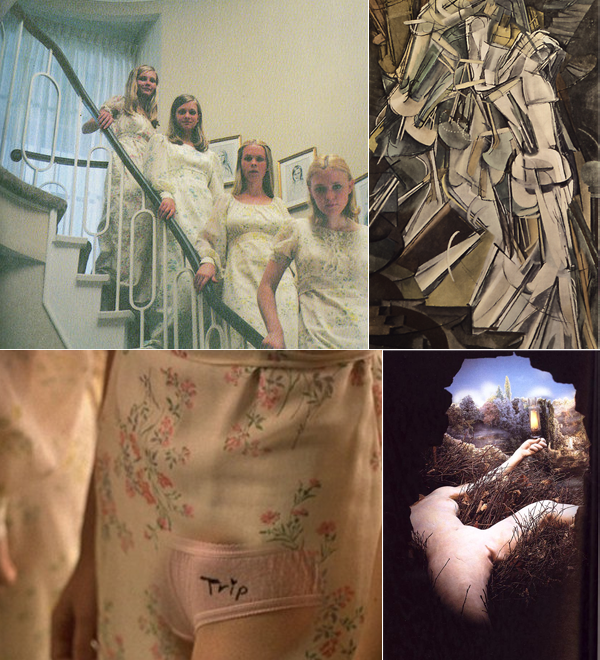
1.
I never went to prom, but imagine myself seeing quadruple, if only met by one pretty girl on the staircase, that suburban altar towards the heaven of bedrooms. The Vogue ad lens of that movie is nap inducing. Tumblr recently banned content depicting self-harm; namely, cutting, suicide, and eating disorders. Many of my 2:00am k-holes led me to these tumblrs, to 90 pound girls who ironically made me feel fat, each with thighs and wrists marked red like a slave’s back. Freedom must be hard to bear. “Nude Descending a Staircase, No. 2,” M. Duchamp (1912), is a portrayal of one woman seen at different moments in time, less notable for its Cubism than the fact that it is one of the few canvases Duchamp ever painted. Before times they were a-changin’ (Dylan, 1964) angles were a-changin’ (Picasso/Braque, c. 1910 ). I imagine Sofia Coppola growing up in pajamas and flipping through ponderous MOMA monographs once crushing a mahogany coffee table now her thin lap. Trip’s one lucky bro, graffitied on that sacred piece of cotton redolent of fabric softener and teen musk. A girl’s secret is oft verbal, a name given to a dream, the letters forming the boy better than the actual boy. Of Étant donnés (1966) we are outside (inside the Philadelphia Museum of Art) looking in as if we were inside, seemingly, looking out. That dirty secrets are seen through holes may explain why thought bubbles are shaped that way, opaque, some explosion next to one’s head.
So Why Have You Not Seen “Hail the New Puritan”?
When I was a Master’s student at Illinois State University, I helped start and run a film club. We specialized in more obscure cinema. And one film I always wanted to show was Hail the New Puritan (1985–6), a fictionalized documentary by Charles Atlas about the British dancer and choreographer Michael Clark. It’s punk ballet!
The only problem was, I couldn’t find a copy of the film…
Lars Von Trier’s Melancholia: Homage Without Artistry
In the opening extreme slow-motion shots (the only appetizing thing in the Melancholia, though these brief scenes seem to be leftovers of his style in Antichrist), Lars Von Trier pays homage to no less than four masters: Ingmar Bergman (the close-up of Kirsten Dunst), Alan Resnais’s Last Year at Marienbad (the giant hedge garden, with tree shadows this time), Stanley Kubrick’s 2001: A Space Odyssey (the slow planetary movements to classical music), all of Andrei Tarkovsky, but specifically Solaris (the Breughel painting) and The Mirror (objects falling in slow-motion, a fire seen through a window)—the end of the world scenario while people bob and weave around an opulent country house is right out of Tarkovsky’s The Sacrifice. Von Trier’s whole opening sequence mirrors the opening to his Antichrist (using Handel’s music instead of Wagner) which scintillatingly displayed intercourse and the death of a child. One can only hope that Von Trier will go beyond homage and create something compelling, but it is not to be.
The 248 Best Movies of 2011
Here’s a very nifty site collecting “year-end best of” lists for 2011 (in albums, songs, movies, and books). The movies section includes lists made by individual critics like Andrew O’Hehir, A.O. Scott, J. Hoberman, Jonathan Rosenbaum, Kenneth Turan, Manohla Dargis, Roger Ebert; artists like Dennis Cooper and John Waters (there’s a pairing!); organizations like the A.V. Club, the AFI, and various critics circles; and journals like Cahiers du Cinéma, Film Comment, and Sight & Sound (whose own top 10 list is a compilation of 100 critics). Well … that’s a lot of data! What story can we tell from all of it?
The Lowest-Grossing Movies of 2011
As I’ve been suggesting in my past two posts (“How Many Movies Are There?” and “How Many Movies Have You Seen?“), regardless of how one defines the parameters of a feature film—let alone a movie—there are far too many of them for anyone to watch. The IMDb lists 8143 titles in their list “Feature Films Released in 2011“; assuming they’re all at least 40 minutes long, that’s a combined run time well in excess of 226 days.
Now, obviously those movies aren’t for everyone (and many of them probably aren’t for anyone, save close friends and family). But—still. Movies. Lots. How does someone interested in cinematic criticism—or just even watching cool things—begin to navigate this abundance?
$hot
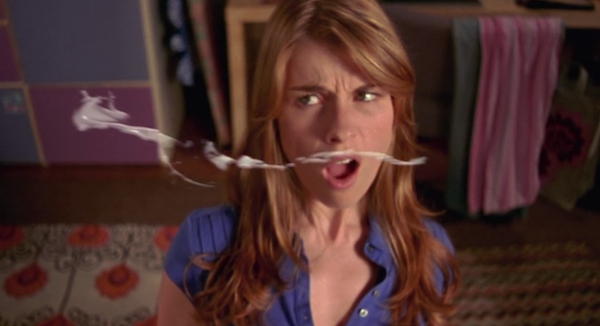
Approximately 0:34:51 into American Pie Presents: Beta House (2007), Erik Stifler, sexually inexperienced and effeminized cousin of the notorious Steve Stifler, “prematurely” ejaculates on love interest Ashley’s childhood teddybear Mr. Biggles, whose odd spectacles vaguely nod to “Cum on My Glasses,” a porn site in which glasses are fetishized as worn by nerds, students, and secretaries. Before it hits Biggles (along with a framed graduation photo, from peripheral splatter), it passes slow motion (~35-40% speed) through the air in front of Ashley, who looks both shocked and fairly irritated. Shooting across where a mustache could be drawn, one is reminded of Duchamp’s treatment of Mona Lisa. Ashley (no last name given) had inadvertently induced this scene by applying ointment to Erik’s inner thigh, which had been scalded with a prophetic-y clam chowder a waitress had spilt on him two scenes prior. The reason this post is not tagged NSFW, arguably at least, is because (a) semen “alone,” even in this eroticized context, is not pornography without a clear view of its target or emitter; and (b) the semen in mention is not actually semen, but a mixture of cream, cornstarch, corn syrup, and gelatin, a well known culinary recipe for cum. Mere representation is not liable to having meaning. We imagine a special effects assistant with a turkey baster, or perhaps more elaborate contraption designed for expelling said fluid. Both men and women will agree this “load” is on the profuse side, which may point to either the overall excessive nature of the American Pie series, or to imply that Erik did not “clean his pipes” the way Ted (Ben Stiller) was instructed to in There’s Something About Mary, leading to their more pop-historical cum scene involving Ted’s earlobe and then Mary’s hair. In horror film, and even action movies, blood is splattered and sprayed everywhere. We almost relish in it; and while we are more subdued and embarrassed by cum, it is piss and shit which remain truly subversive, never film friendly, as if we were ashamed of our waste the most. To induce blood or cum takes so much more conviction and indiscretion, yet it is the prosaic biologically inevitable urine and feces upon which we bestow our deepest morals and fears. It is not we who are not safe for work, but work which is not safe for life. To your boss or co-worker looking over your shoulder at this flying jizz, tell them simply to come on as in get over it not my face.
On nihilism

Williams College is a liberal arts college in Williamstown Massachusetts, from which Charles Webb, who wrote the novel from which Nichols’ The Graduate (1967) was adapted, graduated. He is oddly, or expectedly, not associated with the film’s success. He is married to Fred, who calls herself that name in solidarity with Fred, a support group for women with low self-esteem. His homeschooled children, now adults, sold their wedding presents back to their guests, each got divorced in protest against marriage, and now, rumor has it, work at kmart and live in a shack. “The Sounds of Silence,” (1965) enmeshed with the iconic pool scene, forty-six years after it was was released, would be performed by a visibly distraught Paul Simon at the 9/11 Anniversary Memorial Ceremony, wearing a suit of out respect but looking like he’s going in for a job interview. Benny is seduced by an older woman but falls in love with her daughter, played by one doe-eyed Katharine Ross, who seventeen years later would end up marrying Sam Elliott, the omniscient narrator of The Big Lebowski (1998), whose appearance as The Stranger at the film’s ending can be seen as a pedestrian second coming of sorts, which is an odd way for Marco Polo, or you, to wade across the chlorine to one Uli Kunkel (screen name “Karl Hungus,” who appeared in a porn film with Bunny) seen passed out next to empty Jack. I like it how, in bars or parties, a group of exclusively males standing in a circle will shoot straight whiskey or tequila — suddenly throwing their heads back as synchronized swimmers — followed each by a coy yet uncontainable grin, as if the word cool could not contain what had just happened. “Uli doesn’t care about anything. He’s a Nihilist,” soon-to-be 9-toe’d Bunny Lebowski says. “Ah, that must be exhausting,” goes The Dude, whose $0.69 personal check to Ralph’s for some milk in the opening scene was dated September 11, 1991, exactly 10 years before the event exactly 10 years before Simon’s sad song was sang again through the bravery of a non-facelifted face. As for that day, they said we were nihilists, so we said they were back. People talking without speaking.



